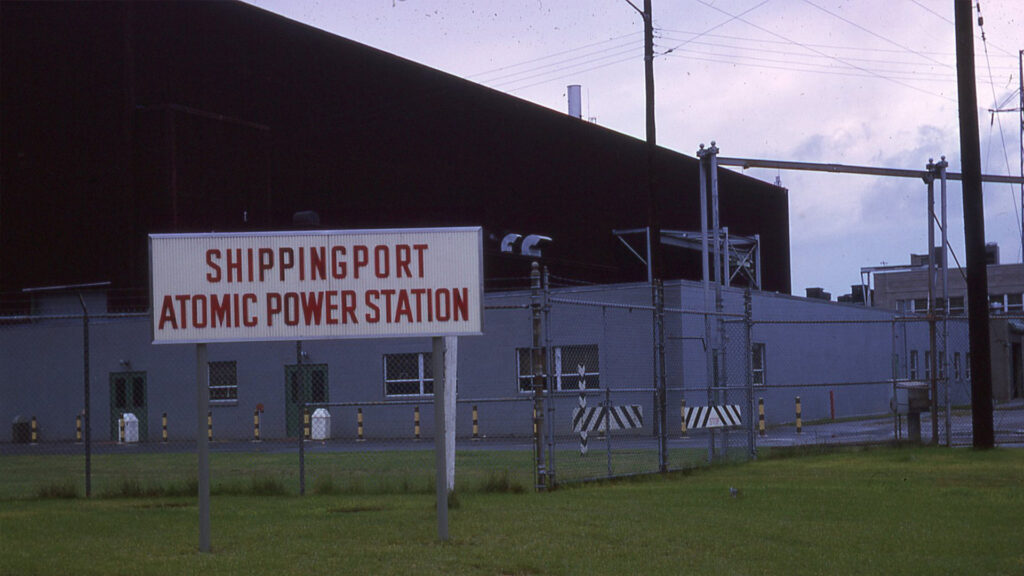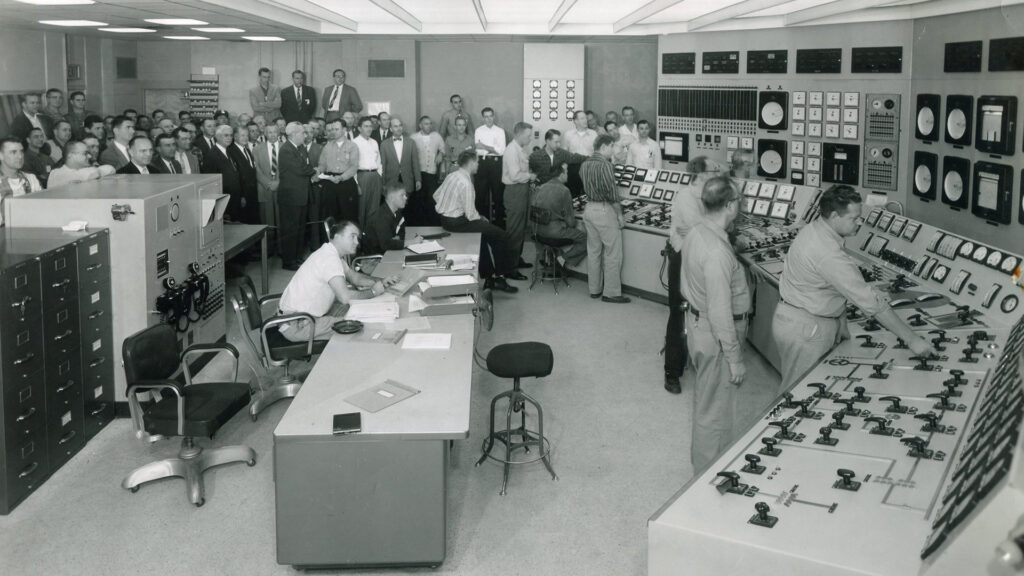
- This event has passed.
Oppenheimer & Shippingport, PA: WWII’s Atomic Era Made Global History in Our Backyard
August 6, 2023 @ 2:30 pm – 2:45 pm
Headlines carry the widely known fact that people around the globe are flocking to theaters for this summer’s smash film, Oppenheimer. But theatergoers might not know that more than 1,200 local and international dignitaries flocked to Shippingport, Beaver County, nearly 70 years ago for the groundbreaking ceremony for the world’s first commercial atomic power plant.
Those who have or want to watch Oppenheimer or simply to learn more about the region’s role in atomic history can hear a local expert at the Lindsay Theater and Cultural Center on Sunday, Aug. 6.
After J. Robert Oppenheimer and his team cracked the life-altering code of atomic fission, ending World War II, General-turned-President Dwight D. Eisenhower inaugurated the Atoms for Peace program to make civilian use of atomic power.
Thus, the Shippingport Atomic Power Station came to pilot the world’s first commercial use of this technology near the banks of the Ohio River, forever altering life in the bucolic Beaver County town of farms and ferry boats—and around the globe. Built under a politically sensitive deadline and the exacting oversight of Adm. Hyman Rickover, who led the Navy’s nuclear submarine program, Shippingport Atomic Power Station was online from 1958-1982, leading to next-generation nuclear plants like Beaver Valley 1 and 2.
Connections between the smash film and local history will be fleshed out on Sunday, Aug. 6, promptly at 2:30 p.m. at a free, 15-minute presentation by Jim Clark, a current nuclear operator at the Beaver Valley Power Station and docent at the Beaver County Industrial Museum, before The Lindsay’s afternoon screening of Oppenheimer.
In addition to the free talk, The Lindsay is exhibiting a pictorial history of the construction of the power plant, on loan from the Beaver County Industrial Museum.


